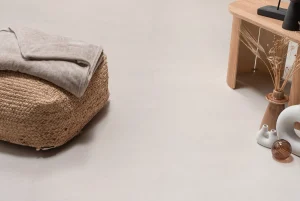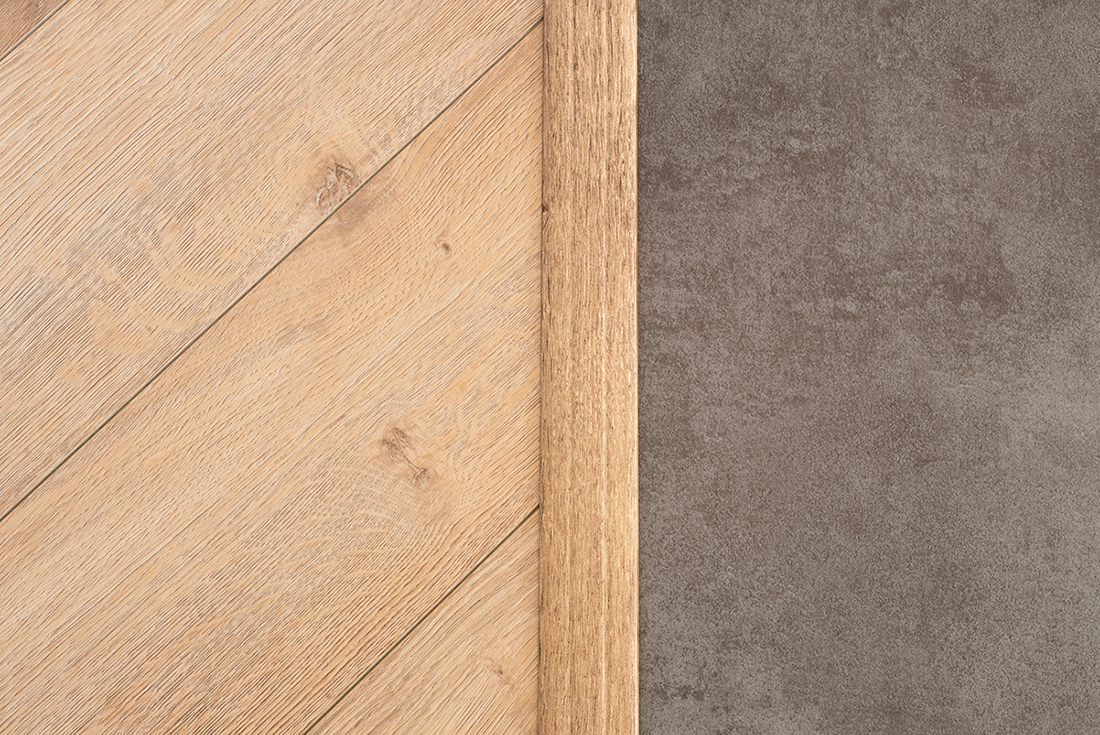Welcome to the era of essential underfloor heating! Not only a stylish upgrade without radiators, but also a promise of constant warmth, right down to your toes. In this blog, we dive into the world of “floor combined with infrared underfloor heating”. What is infrared floor heating? Which flooring is a perfect match for this heat source? And let’s not forget the points of interest in installation. So, turn on that heater, get comfortable and explore this blog.

What is an infrared floor heating system?
Infrared floor heating is an electric heat source. Unlike traditional systems, infrared floor heating uses radiant heat, which means direct heat transfer to objects and people in the room. It provides even heat distribution without annoying cold spots. By heating objects in the room, such as furniture and floors, it maintains a constant temperature, which also saves energy by conserving heat longer.
Heating up the underfloor heating
When laying a floor on underfloor heating, it is important to follow the heating up protocol. When heating up the underfloor heating, start with a low temperature and gradually increase it. Do this in stages of 2°C per day until the maximum surface temperature of 28°C is reached. This initial heating up process prevents warping or cracking of the floor. Underfloor heating start-up is a process that requires patience and attention. Skipping the heating up protocol is also strongly discouraged, it is a very important process for floor preservation. Want to know more? Then to be sure, read the blog “The heating up protocol for underfloor heating” carefully.

Which floor can go on infrared underfloor heating?
All floors in the Floer range can be installed on underfloor heating. Nevertheless, some floors are more optimal in combination with underfloor heating than others. In general, the thicker the floor, the higher the thermal resistance. However, this is not always the case. For example, Hybrid Wood floors are 1.1 cm thick and have a thermal resistance of only 0.07 m²K/W. With underfloor heating, we usually use the rule of thumb of up to 0.15 m²K/W thermal resistance.
But can parquet also be used on underfloor heating?
Yes, certainly. However, it is wise to prefer parquet with a thinner plank construction, which means that the thermal resistance is lower.

Installing the floor on an electric floor heating system
Before actually installing the floor, it is important to check that the subfloor is suitable. For a slab Vinyl floor, the subfloor must be completely level. Is this not the case? Then you can level it using a dual underlay specifically suitable for this type of underfloor heating, to which you can glue the floor directly. With a floating floor, it is important to check that the underlay is suitable for that type of floor and can handle the pressure resistance of the floorboards. For example, the underlay for a Rigid Click Vinyl floor must have a minimum value of 400 kPa. This is crucial for the preservation and warranty of the floor.
In a nutshell, infrared floor heating is a popular heat source that eliminates the need for radiators. In addition, of course, it is also very pleasant for the enjoyment of warm feet. All our floors can be applied to infrared underfloor heating, but pay close attention to the thermal resistance of each floor.






